Cold Climate Permaculture Plants: Saskatoon
Saskatoons are another great permaculture plant. They produce an abundance of blueberry-like fruit and are adaptable to extreme variations in climate and soil conditions.
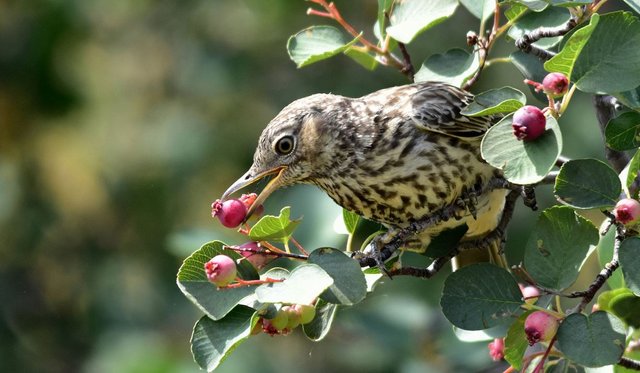 Photo: Tom Koerner/USFWS / Sage thrasher eating a saskatoon berry.
Photo: Tom Koerner/USFWS / Sage thrasher eating a saskatoon berry.Description
The saskatoon (Amelanchier alnifolia) is one of the most common wild berries to be found in Western Canada and the North Western United States. While it is more common in the west, it can be found in all the provinces and territories of Canada. Other common names of this highly adaptable plant are serviceberry, juneberry, shadbush, and chuckley Pear.
Due to its wide range and adaptability saskatoons can range in size from small shrubs, not much more than a foot high, to small trees. It is a member of the rose family (Rosaceae) and as such shares some common characteristics with other members of this family like apples and plums. The leaves are usually oval, 1-2" long and tend to be a medium to darkish green. Small white flowers appear in May or June followed by the abundant purple fruits that range from 3⁄16–19⁄32" in diameter.
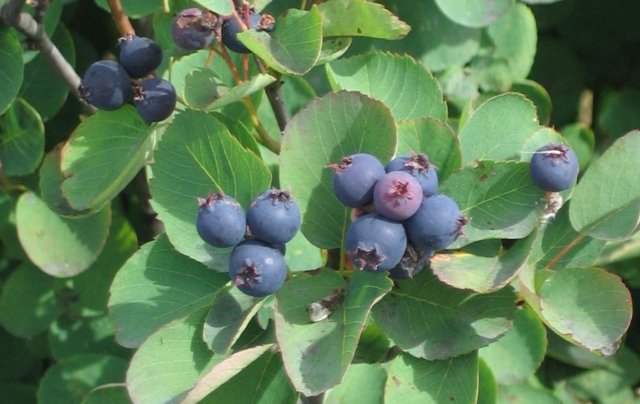 Source
SourceTraditionally, saskatoons were one of the most important foods to the natives peoples of the prairies like the Blackfoot. The berries were eaten fresh and also dried, and used in pemmican. The berries were also used in ceremonies and for their medicinal properties. The hard straight grained wood of the saskatoon was also used in arrow making.
“Few children who grew up in northern British Columbia or on the prairies during the hungry ’30′s will forget the Saskatoon, for they picked countless quarts of the fruit to eat fresh or bottle for winter use . . . This was, quite literally, the only fruit that many families knew during the period of the Depression.”
L.J. Clark. 1976. Wildflowers of the Pacific Northwest. Gray’s Publishing, Sidney, British Columbia
Sasketoons are not just important food for humans though they are also a favorite food of many animals. Deer and moose will eat the branch tips in winter and leaves in summer. The berries are food for a multitude of animals from bears and coyotes to small mammals like squirrels and a large variety of birds.
Uses
Even wild varieties of saskatoons can produce abundant berry crops, although there is a fair amount of variation from tree to tree. The berries are somewhat similar to blueberries in flavor but perhaps not quite as tart and they also have larger seeds. Some people would describe them as having a mild almond flavor.
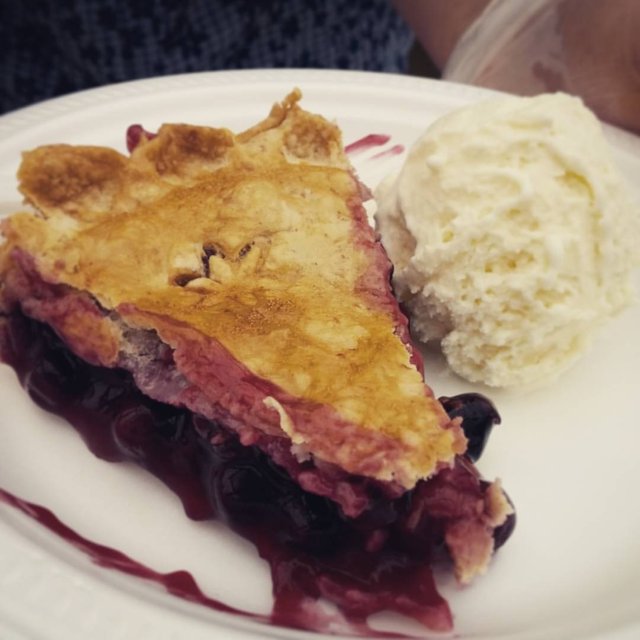
The berries are great when eaten fresh, freeze fairly well, and can make excellent preserves. They are often used in a variety of dessert foods like pies, tarts and muffins and are an excellent addition to ciders, wines and liquors. When used for jams or syrups, they are often better paired with a fruit that is a bit more tart to help balance the flavor.
The berries, although often thought of as a food, have also been traditionally used for their medicinal properties and this is no surprise. The ORAC (oxygen radical absorbance capacity) score of saskatoon berries is higher than most other common berries including strawberries, blueberries, and surprisingly raspberries. They are also a rich source of anthocyanins which are a group of flavonoids that gives them their deep purple color. Anthocyanins have been shown to have significant anti-carcinogenic and anti-oxidant activity.
Due to these desirable characteristics, saskatoons have the potential to be a commercial crop or a main berry crop for the homestead. However, they have a few other uses. They are good for erosion control and some varieties would make a great hedge or perimeter plant. The wood is hard and straight grained and would be suitable for tool handles. The medicinal potential is worth looking into, although beyond the scope of this article.
In a permaculture system, saskatoons will usually occupy either the shrub layer or sub-canopy layer. In some cases, they might even be able to be used in the canopy layer. There is great variation in the size between different varieties.
Varieties
While Saskatoons have a wide native distribution across Western North America, there has also been intensive breeding programs that have come up with quite a few highly productive varieties that are more suitable for cultivation. While these varieties are usually selected for traits like large berry size, compatibility with harvesting machines, and uniform ripening they still maintain most of the hardy traits of their wild cousins.
These are just a few of the many varieties available.
Honeywood - Late blooming variety, good for areas that are prone to late frost. Berries are flavorful and have few seeds. Starts to yeild in 3 to 4 years.
Northline - Shrub sized plant that produces large amounts of 1/2" berries after only 3 years. One of the more preferable varieties for commercial production because of its early fruiting, compact size, and ability to be grown in tight rows. Tends to sucker more than other varieties.
Pembina - Grows to about 10 feet high. Berries are large and flavorful. Produces less suckers than some other varieties.
Thiessen - This variety is more like a tree than a shrub, growing to 20 feet in height. It also has large berries averaging 1/2" in diameter. The fruit tends to ripen at different times which can be good or bad depending on your needs.
Growing Conditions, Propagation, and Maintenance
As mentioned earlier, saskatoons are fairly adaptable plants and can grow in a wide range of conditions. They thrive in most soil types: rocky, sandy, loam or clay. The one thing saskatoons don't tolerate is poorly drained soils, so just be sure that you don't plant into areas that tend to stay water logged.
They are cold hardy in zones 2-7 (some varieties maybe zone 1) and can grow in a wide ph range of between 5.0 to 8.0 but will likely do better in the middle of that range. They can also tolerate a wide range of precipitation from near desert conditions to costal areas that have significant rain fall.
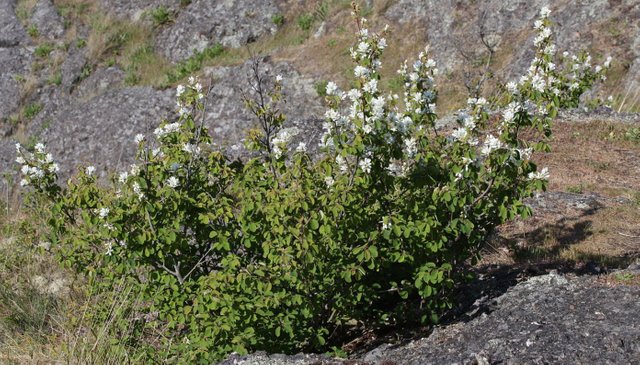 Source / Saskatoon bush growing in a drier part of its range
Source / Saskatoon bush growing in a drier part of its rangePropagation can be achieved from the many common methods: seed, root cuttings, hard and softwood cuttings, and crown division. Despite all these methods the most likely method people will utilize will be by transplanting the large numbers of suckers that will pop up around your existing plants.
If you do choose to plant seeds, just remember that they won't be true to type and there will be a fair amount of variation from plant to plant. Normally, the seeds are planted in the fall and will sprout the following spring. However, if the seeds are harvested before the seed coat hardens they can planted immediately and should sprout in a couple weeks.
Saskatoons do not need to be pruned to be productive, although some pruning may be beneficial, especially for commercial production and for machine harvesting. They should also perform well if coppiced or pollarded. Saskatoons evolved in areas that were naturally prone to forest fire and will readily re-sprout from the root. If your planting starts to get old and unproductive it can be revitalized by cutting it right to the ground.
Some years will be worse than others for diseases and pests, especially if you are engaging in commercial production and have a large area planted densely with saskatoons. Large pests like deer and birds can also be a problem, especially when the plants are just getting established. As always, planting a complex poly culture and having healthy soil will make a big difference. Planting other perennials that predator insects prefer nearby is always a good idea.
Sources
- http://plantwatch.naturealberta.ca/choose-your-plants/saskatoon/
- https://en.wikipedia.org/wiki/Amelanchier_alnifolia
- http://saskatoonberryinstitute.org/saskatoons/
- https://www.bcliving.ca/saskatoon-berries
- http://uncommonfruit.cias.wisc.edu/saskatoon/
- https://www.gov.mb.ca/agriculture/crops/production/fruit-crops/saskatoon-berries.html
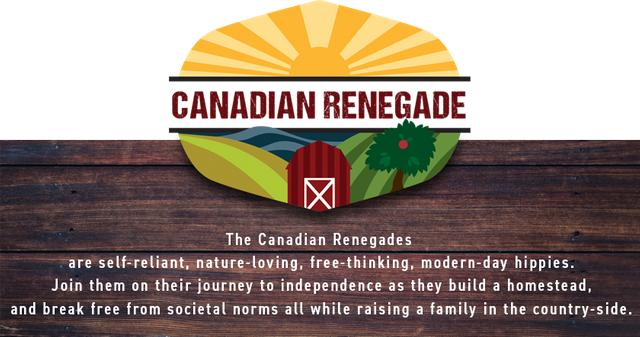
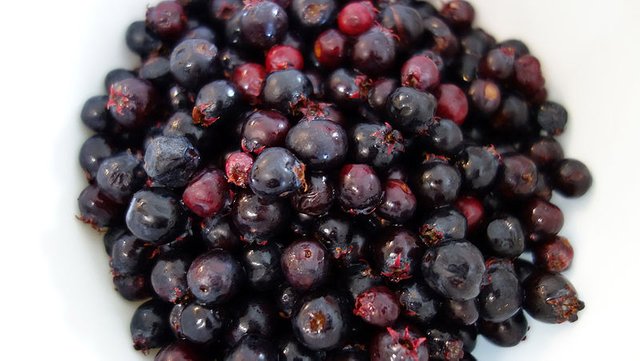
We are in an area that has thousands of Saskatoon bushes all over the place. That is our main source of jam here. The last couple of years have had prolific harvests and I found a couple small bushes growing in our fence. I'm going to try and relocate them to the garden this year as they will eventually bust the fence up.
I was asking around about the seabuckthorn, but nobody here has heard of them. At least no one I've talked to. Do you ever sell seeds or cuttings? I don't know if they are easy to root or not. I will ask our greenhouse when they are up and running, but I think they normally order in the fall for spring planting.
I'm not selling anything right now. At some point in the future I want to start a small nursery. If you really want some seed I can probably get some for free for you, if not now, I know where to go in the fall.
A good resource for Sea Buckthorn is treetime.ca. They don't sell any of the special varieties with extra large berries, just the standard type but they are really good prices for us homesteader types.
http://treetime.ca/productsList.php?pcid=173&tagid=9&linkid=title
really great photography sir... all the best for you future sir...☺
Thank you very much @canadianrenegade for this information of Saskatoon, it seem i found it few month ago at Mt. kemiri 3000 M ASL (above sea level). I ate it a lots, when I was on top of the mountain. this is the variety of (i think) saskatoon.
Those do look like Saskatoons or if not they are very similar. I wonder if someone brought some seeds over to Indonesia?
but those species are spread out over the untouchable area. what I believe is the dutch colonial brought the species when they conducted triangulation project over Indonesia hundreds of years ago.
That sounds like a plausible explanation. History is so interesting isn't it?
I love me a Saskatoon berry pie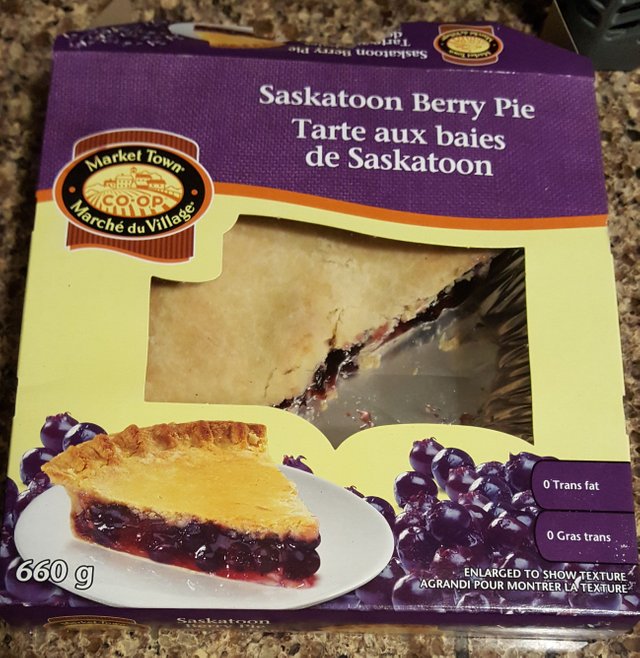
You know, I think I have seen those pies before. I forgot you could get them at co-op!
The berries look like blueberries, but the plant is totally different.
Maybe this is the next superfood ;)
I was surprised to learn that they were higher in antioxidants then blueberries and raspberries. Also the drawback to blueberries is they are difficult to grow if you don't have acidic soil.
We just discovered these in the property last year! It was later in the season when we found them so I just made a pint of berry syrup, but this year we'll be ready! 😁
It's nice to know what a super food they are! Great job on producing a highly informative, yet interesting article! I really enjoyed reading it. Thanks!
Thanks! These plant profiles are my most time consuming posts. Even though I know most of the information I have to do a bunch of fact checking so I am not giving out incorrect information.
Good info
Most people in our country forget how hard it is to live here in Canada in the winter with out being able to go to the store. Will be adding a few to our permaculture farm when we get a chance thanks.
People, especially in cities, have no idea how hard it would be to survive in Canada without just in time delivery...
I'm in zone 7 just made the cut. Going to have to try it Saskatoon if I can find one. And that's pretty cool that you can propagate it from so many different ways. I like propagating hard and softwood cuttings.
I am a big fan of plants that are easy to propagate.
Great article! I had never heard of saskatoons before coming to canada, but Im very happy that we have 150 saskatoon bushes growing here on the land we rent :D they are so tasty!
But your article gave me a ton more information that I didnt know, so Im real greatful for that
Wow! How did you manage that?
The ppl who owns the land planted a saskatoon orchard a couple of years back. I think the idea was to have a u-pick business or similar but that havent really worked. When we moved in last year it was late in the season but we picked a whole lot. This year we will be able to pick right from the start, we are allowed to keep or sell every 3 pounds out of 4.
There is not much maintinance, we mow the lawn in between the rows now and again.
That sounds like a pretty good situation. Aimee and I were renting an acreage a few years ago and it was really nice. But no free berries!
yeah we´re loving it, just to get out of edmonton was amazing - having all those berries is icing on the cake for sure :) It feels like renting will be a good learning experience :)
Man those look good! Yum!